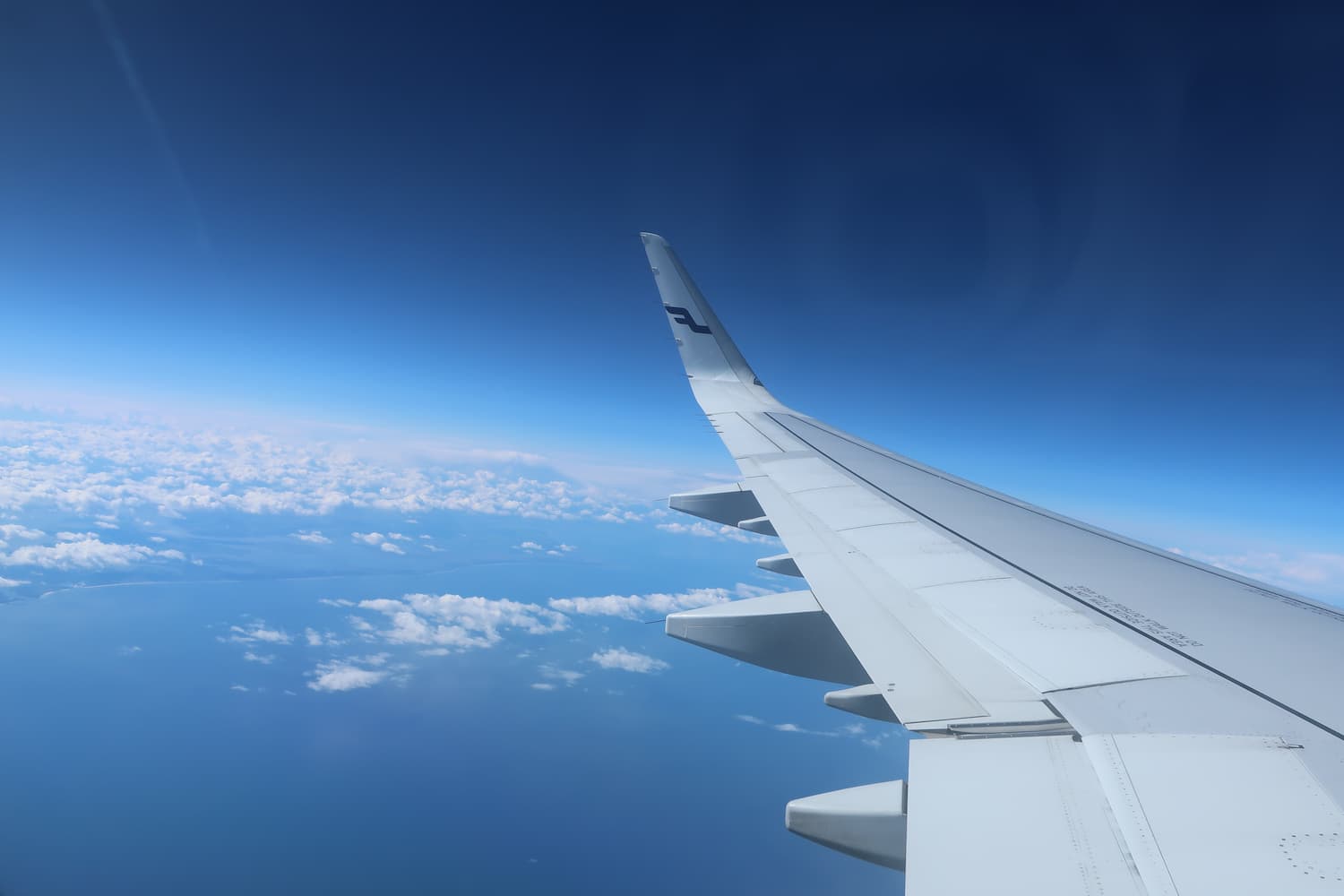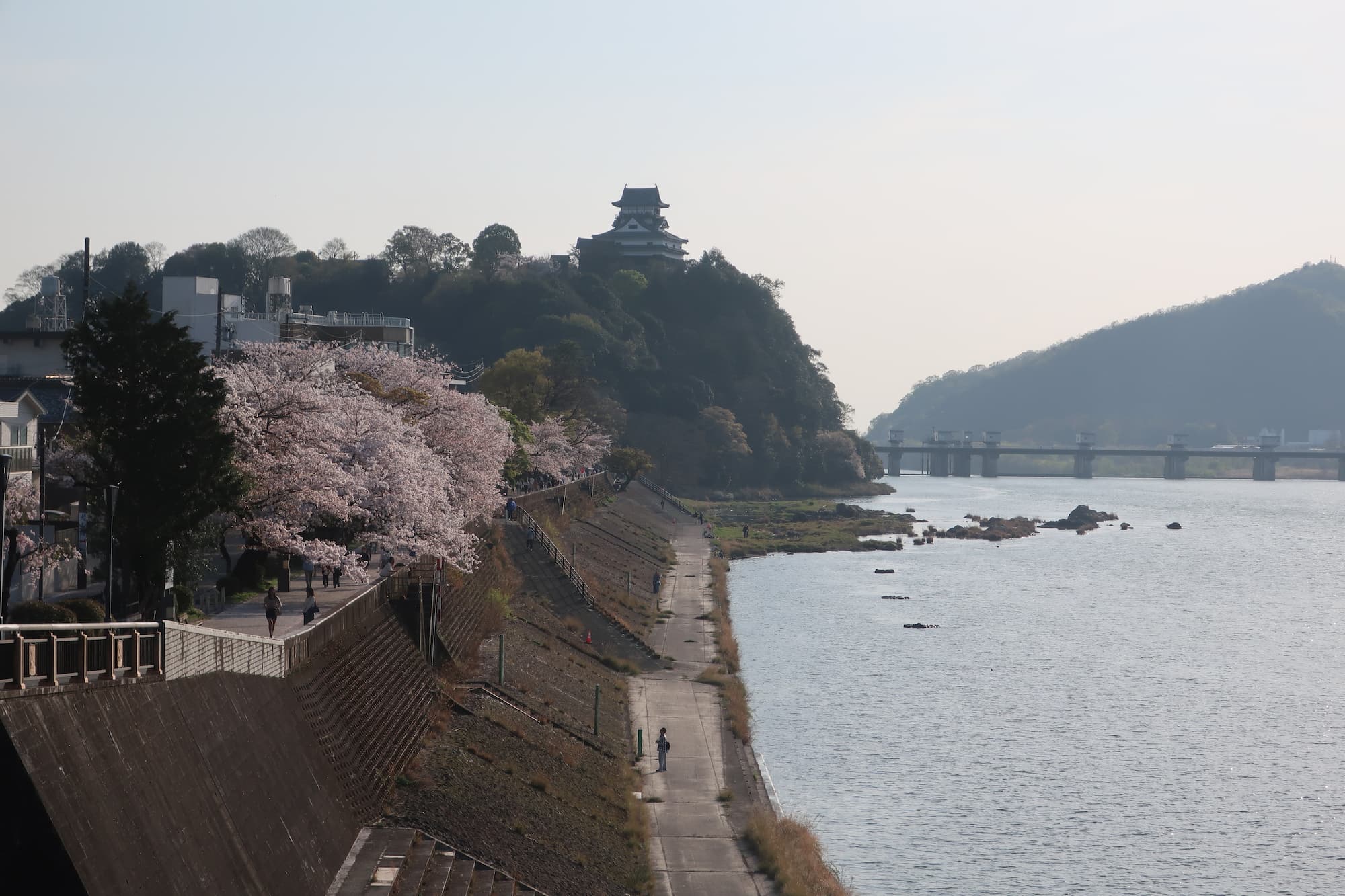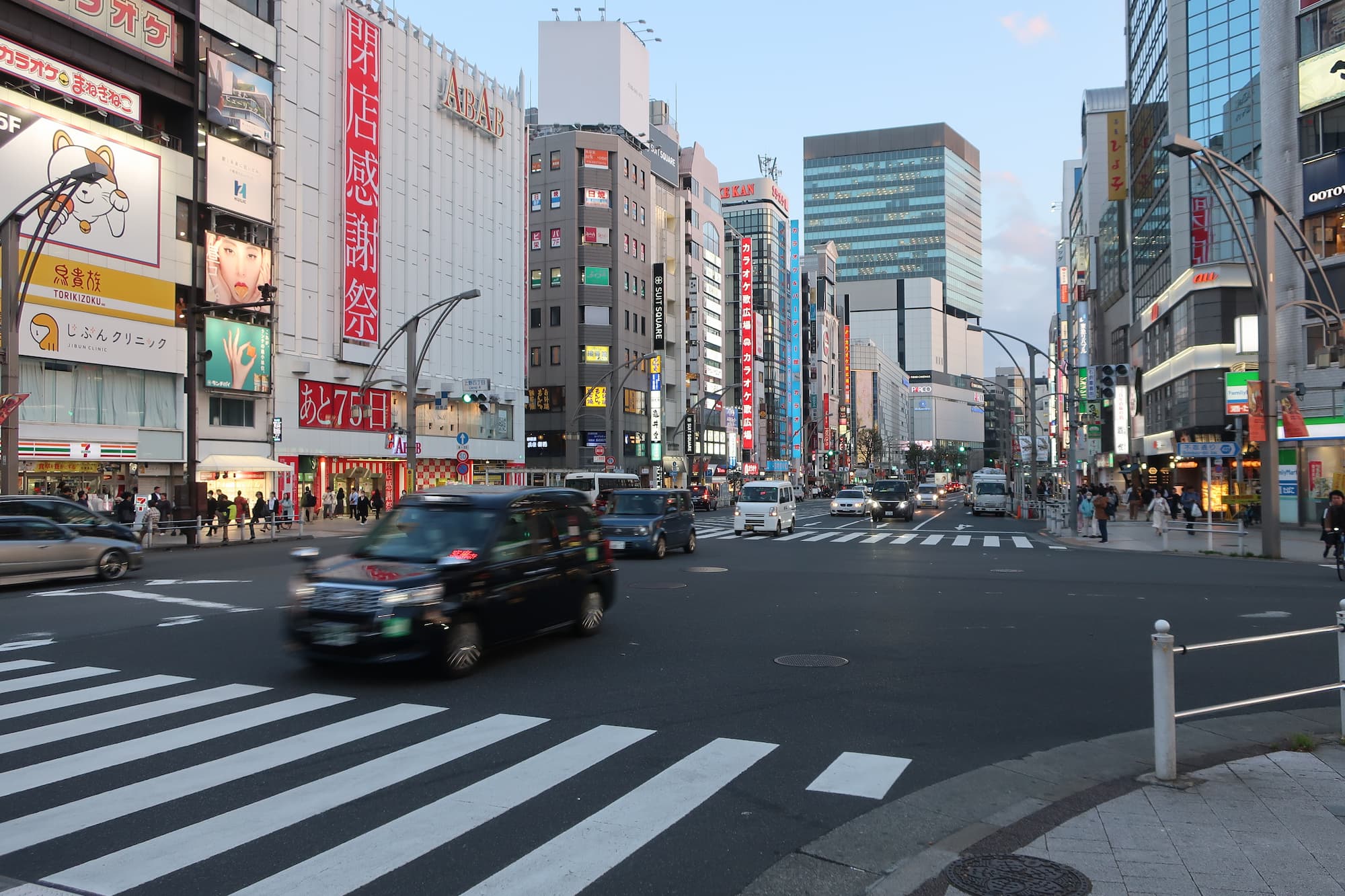Arriving in Japan: Choosing the Right Airport in Nagoya
If you’re traveling to Japan, chances are you’ll arrive by plane. For those visiting the Chubu region, Nagoya’s airports will be your primary gateway. You might wonder how many airports serve Nagoya and which one you’ll be using.
You may also want to know about airport locations and the best ways to get to and from them. This guide covers all the essential details about Nagoya’s airports, terminals, and transportation options.
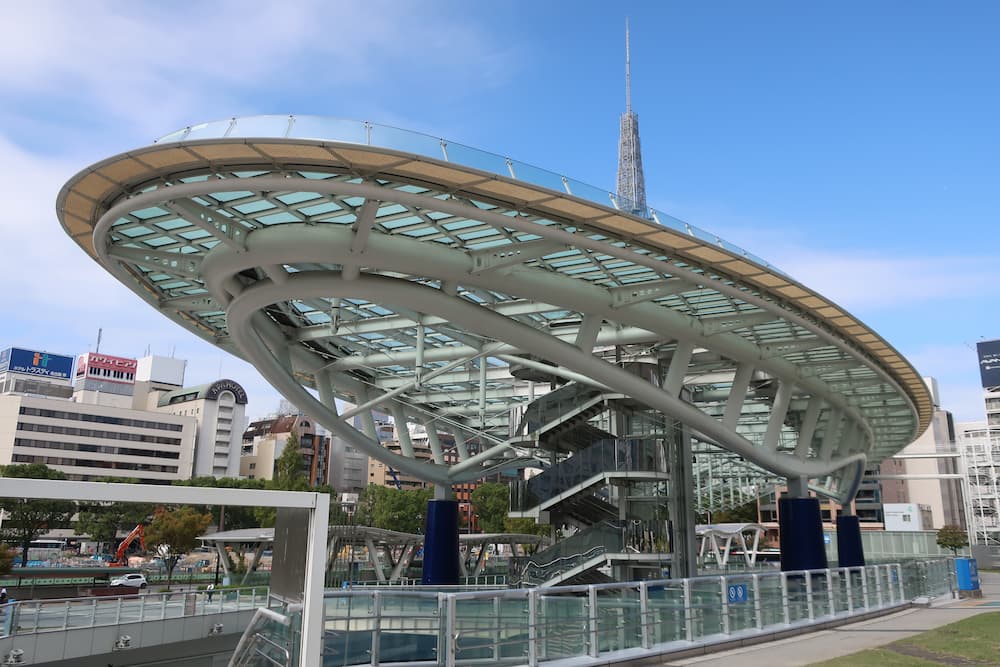
Nagoya’s Two Airports
- Chubu Centrair International Airport (for international & domestic flights)
- Nagoya Airfield (Komaki Airport) (for domestic flights only)
Nagoya has two airports, which can sometimes cause confusion. Adding to the mix, Chubu Centrair International Airport is commonly referred to as “Centrair.” This might lead some to mistakenly think there are three airports, but there are only two.
The key difference between them is:
- Chubu Centrair International Airport (Centrair) is Nagoya’s main airport, handling most international flights.
- Nagoya Airfield (Komaki Airport) only serves domestic flights.
Nagoya Airfield is located about 10 km north of Nagoya City, requiring approximately 30 minutes by public transport to reach the city center.
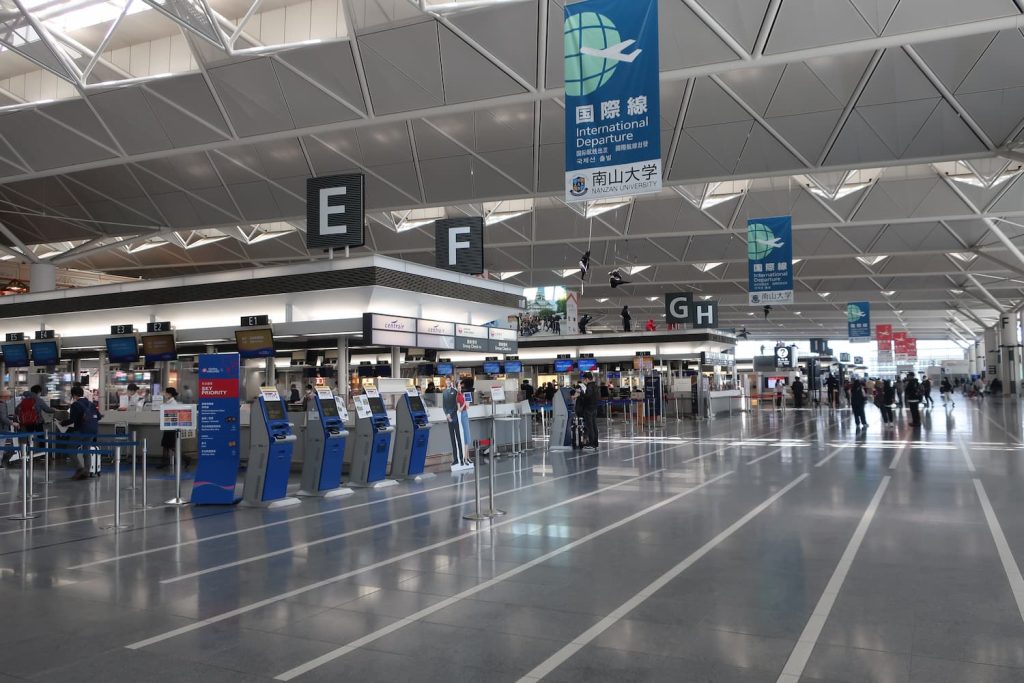
Location of Chubu Centrair International Airport
Chubu Centrair International Airport is situated south of Nagoya on the Chita Peninsula. It is located about 50 km from central Nagoya. Unlike major urban airports, Centrair is in a relatively quiet area with no major tourist attractions nearby, making it primarily a hub for air travel.
Chubu Centrair International Airport / 中部国際空港 セントレア / Chubuk kokusai Kuko Centrair
Location: 1-1 Centrair, Tokoname, Aichi 479-0881, Japan
Website: Chubu Centrair International Airport
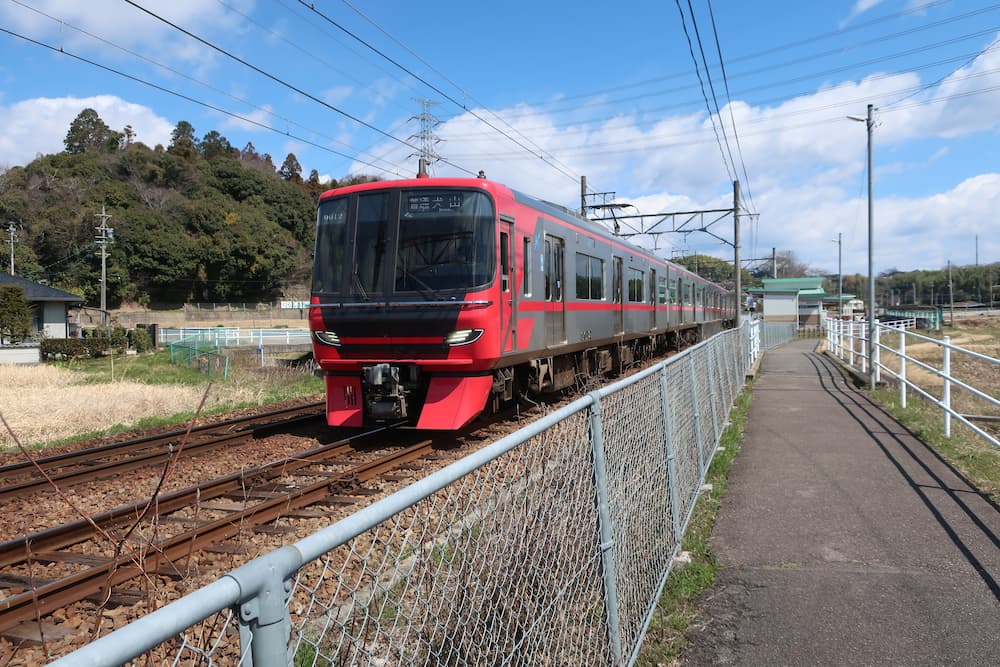
Transportation from Chubu Centrair International Airport
There are two main options to reach Nagoya city and beyond:
1. Train (Nagoya Railroad – Meitetsu)
- Direct connection to Meitetsu Nagoya Station from Chubu Centrair International Airport Station
- Takes approximately 30 minutes
- Note: Meitetsu is not part of JR, so the Shinkansen (bullet train) is not accessible from this station
Meitesu Nagoya Station – Chubu Centrair International Airport Station
| μ-SKY (ミュースカイ) | Limited Express (特急) | Semi-Express (準急) | |
|---|---|---|---|
| Fee | 980 + 450 Yen | 980 Yen (normal class) | 980 Yen |
| Travel Time | 28 min | 37 min | 48 min |
Check the Nagoya Railroad – Meitetsu website.
2. Airport Buses
- Buses connect the airport to Nagoya Station and other cities in the region.
- If there’s a direct bus route to your destination, it may be more convenient than the train.
For bus schedules and routes, check the official airport limousine bus website.
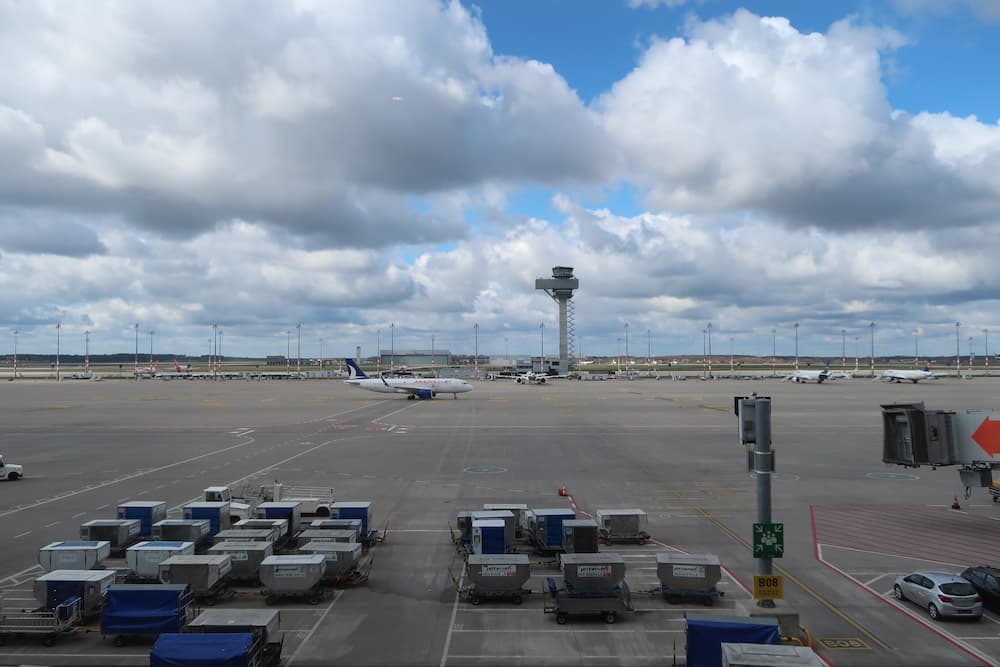
Terminals at Chubu Centrair International Airport
Chubu Centrair International Airport has two terminals:
- Terminal 1 (T1): Serves both international and domestic flights, used by major airlines.
- Terminal 2 (T2): Dedicated to low-cost carriers (LCCs).
The terminals are close to each other, and if you accidentally go to the wrong one, you can walk between them in about 10 minutes. There is also a free shuttle bus operating every 15 minutes to connect the terminals.
For a detailed airport map, check the official airport website.
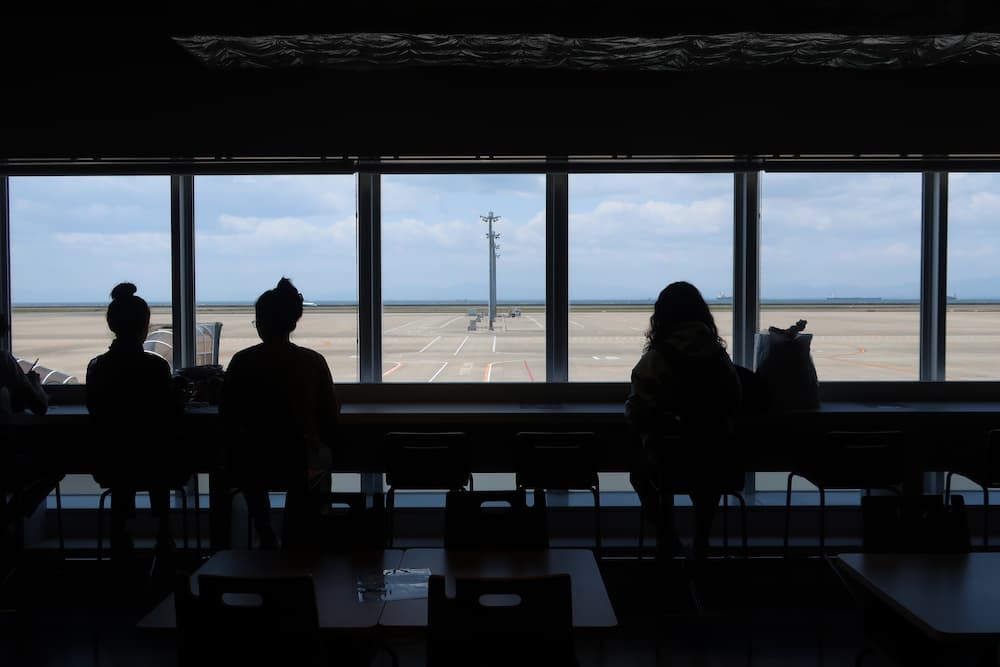
Shopping, Dining & Services at Chubu Centrair International Airport
- The main shopping and dining area is on the 4th floor of Terminal 1.
- Some restaurants open as early as 6:30 AM, while others stay open until 10:00 PM.
- There is a 24-hour convenience store near the train station, perfect for travelers arriving late at night or early in the morning.
- SIM Card Vending Machines are available in Terminal 1, 2nd floor (arrival lobby), allowing you to buy a SIM card 24/7.
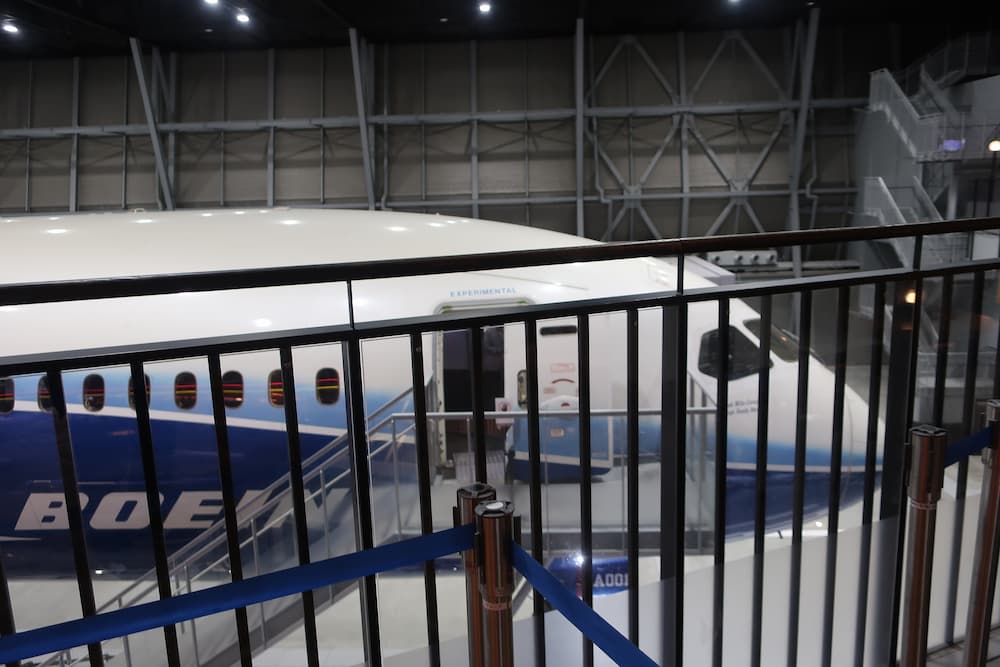
Flight of Dreams: A Unique Attraction at Centrair
Chubu Centrair International Airport is home to Flight of Dreams, a facility showcasing a real Boeing 787 Dreamliner. Located next to Terminal 2, this exhibit is free to visit and is a must-see for aviation enthusiasts.
If you’re flying into or out of Centrair, consider stopping by to experience this impressive attraction!
Flight of Dreams / フライトドリームス
Opening hours: 10:00 am–7:00 pm
Website: Flight of Dreams (only Japanese)
